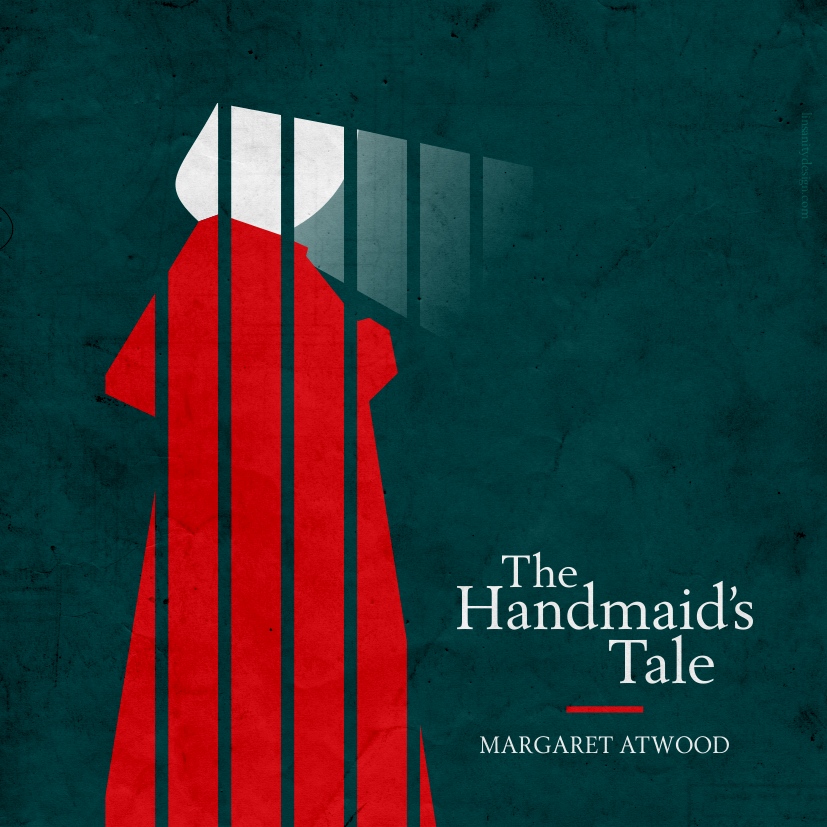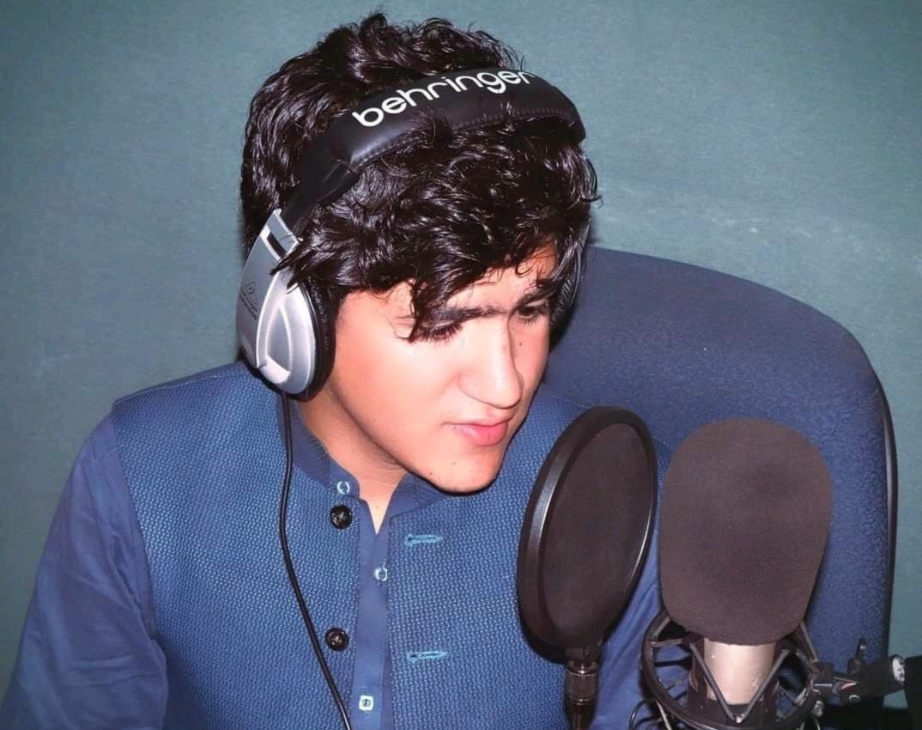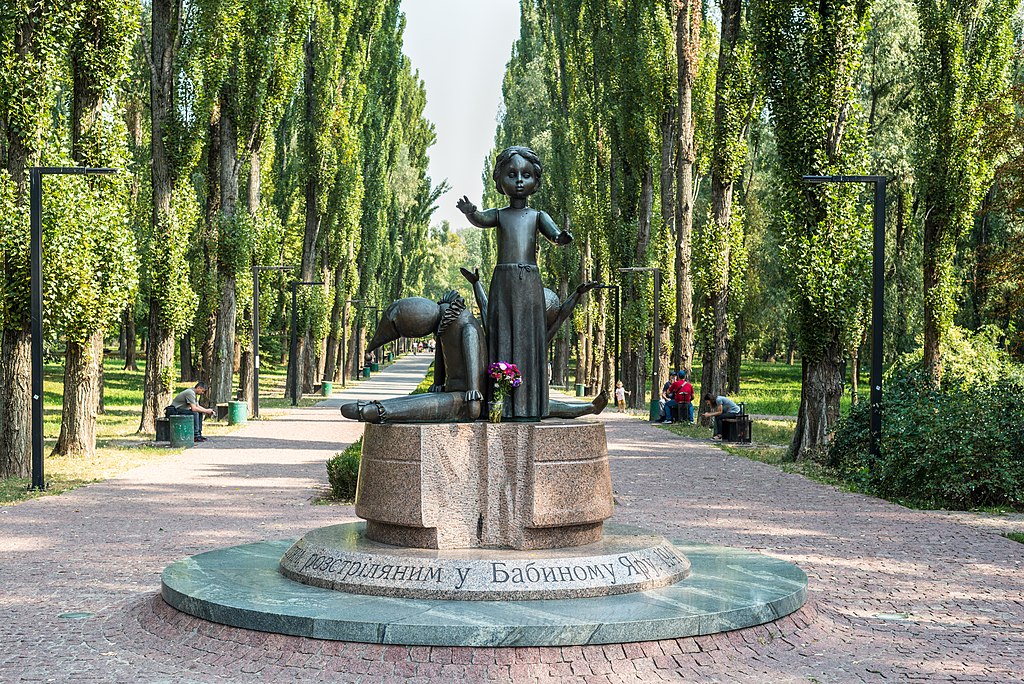Exciting. Innovative. Shocking. That’s how Wednesday’s TRIPWIRES performance was described by some of those in attendance. For the performers, both the process and the event itself were “life-changing” and “just the beginning”. The night combined dance, theatre, martial art, political expression and satire to explore what free speech means to young Londoners.
The interactive performance, which was staged at East London’s Mile End Arts Pavilion, focused on some of the most challenging, frightening and taboo subjects shaping lives: offence; self-censorship; the experience of not having a voice; difference of opinion and the tensions that arise from it.
The project, a collaboration between Index on Censorship and international youth arts organisation Phakama, grew out of a series of investigative workshops over four months. It was devised by the crew themselves, drawing on archive material from Index on Censorship and, crucially, their own experiences and backgrounds. It was the pilot for what Index on Censorship and Phakama hope will be a long-running educational initiative.
The performance featured a series of scenarios: the stoning of a young woman presented as a circus attraction; a catwalk that drew out the themes of the objectification of women and beauty as alienation; the “free space” that leaves participants dumbstruck and lost for words; the waiting room where preferential treatment can be bought and sold. Audience participation was crucial to the unraveling of each absorbing and often uncomfortable scenario. The tacit question asked by each scenario was: where do you draw the line?
Voices came from unexpected places, disorientating, challenging and bringing the audience into the debate. Music, movement, singing, storytelling all contributed to a thoroughly atmospheric account of what it’s like to be young, vulnerable, charismatic and ready to confront life, whatever it offers up.
Later, the audience was invited outside the theatre, equipped with individual headsets, the voices of the TRIPWIRES performers’ in their ears. Film, movement, singing, visual art — and a sculpture of a burning man — all played their part in creating a dynamic, inspiring and memorable experience. It’s one that will keep the audience thinking for a long time to come.




